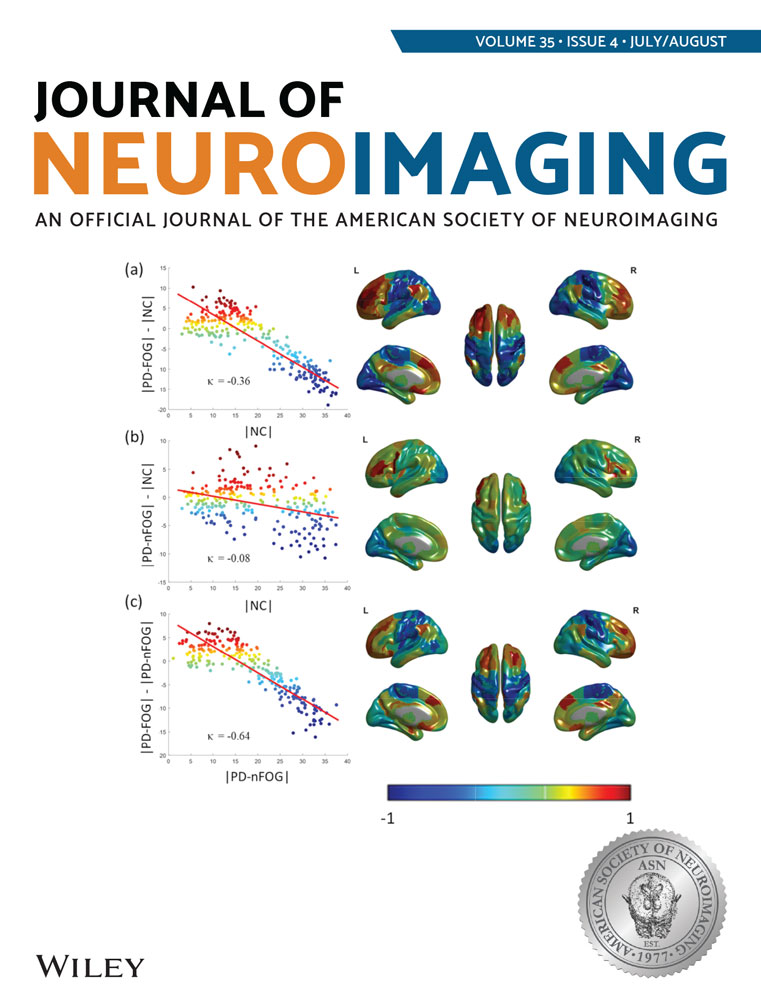Adjusted Scaling of FDG Positron Emission Tomography Images for Statistical Evaluation in Patients With Suspected Alzheimer's Disease
ABSTRACT
Background and Purpose. Statistical parametric mapping (SPM) gained increasing acceptance for the voxel-based statistical evaluation of brain positron emission tomography (PET) with the glucose analog 2-[18F]-fluoro-2-deoxy-d-glucose (FDG) in patients with suspected Alzheimer's disease (AD). To increase the sensitivity for detection of local changes, individual differences of total brain FDG uptake are usually compensated for by proportional scaling. However, in cases of extensive hypometabolic areas, proportional scaling overestimates scaled uptake. This may cause significant underestimation of the extent of hypometabolic areas by the statistical test. Methods. To detect this problem, the authors tested for hyper metabolism. In patients with no visual evidence of true focal hypermetabolism, significant clusters of hypermetabolism in the presence of extended hypometabolism were interpreted as false-positive findings, indicating relevant overestimation of scaled uptake. In this case, scaled uptake was reduced step by step until there were no more significant clusters of hypermetabolism. Results. In 22 consecutive patients with suspected AD, proportional scaling resulted in relevant overestimation of scaled uptake in 9 patients. Scaled uptake had to be reduced by 11.1%± 5.3% in these cases to eliminate the artifacts. Adjusted scaling resulted in extension of existing and appearance of new clusters of hypometabolism. Total volume of the additional voxels with significant hypometabolism depended linearly on the extent of the additional scaling and was 202 ± 118 mL on average. Conclusions. Adjusted scaling helps to identify characteristic metabolic patterns in patients with suspected AD. It is expected to increase specificity of FDGPET in this group of patients.




